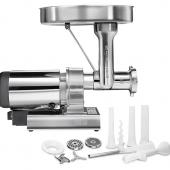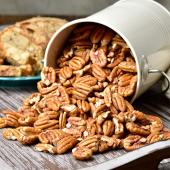Wild-Game Benefits
The smell of gunpowder is in the air and Montanans have the chance to fill their freezers with some of the most nutritious and sustainable food around. A true gift, the meat from wild mammals is generally lower in calories and saturated fat, and is leaner than grain-fed meat, because wild animals are naturally more active. Game meat is also higher in monounsaturated fat and Omega-6 and Omega-3 fatty acids, which all increase beneficial cholesterol levels and decrease the “bad” cholesterols associated with heart disease. Similarly, game birds often have about half the calories of farm-raised poultry and less saturated fat. Because of their varied and natural diet, all wild animals contain higher levels of antioxidants such as vitamin C, E, flavonoids, and carotenoids—compounds known to prevent heart disease, cancer, diabetes, aging, and many other diseases. Like any meat, slow cooking at lower temperatures minimizes cancer-causing compounds and preserves beneficial nutrients. Game is nutritionally superior to most other meats, but there is one warning: wild game harvested with lead shot contains higher levels of the heavy metal, which spreads through the animal’s system. In fact, one study of 738 people from North Dakota showed those who ate game meat had 50% higher levels of lead in their blood. While there has never been a documented case of lead poisoning from game, the Center for Disease Control warns that pregnant women and children under six should not consume meat shot with ammunition containing lead.












